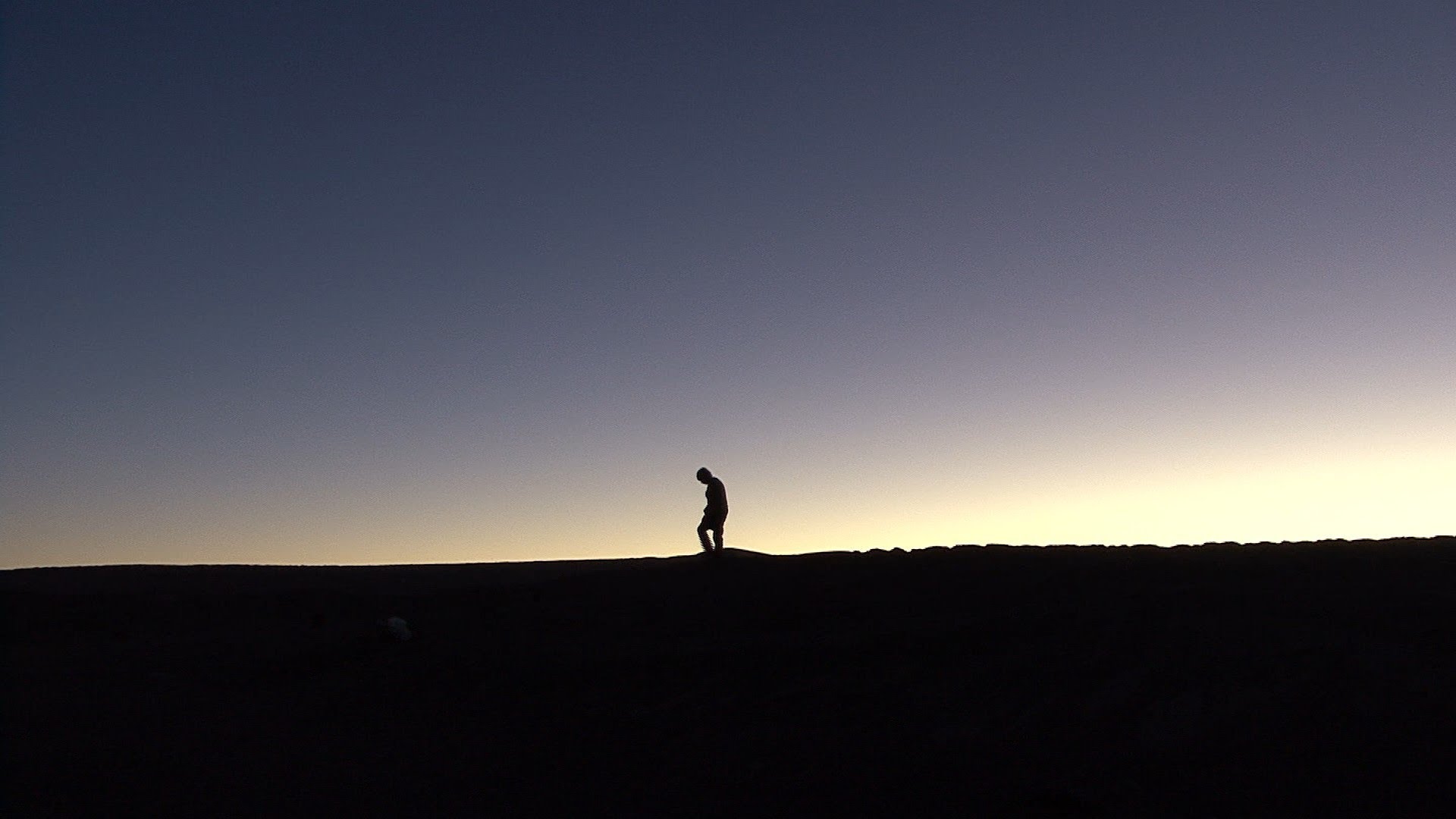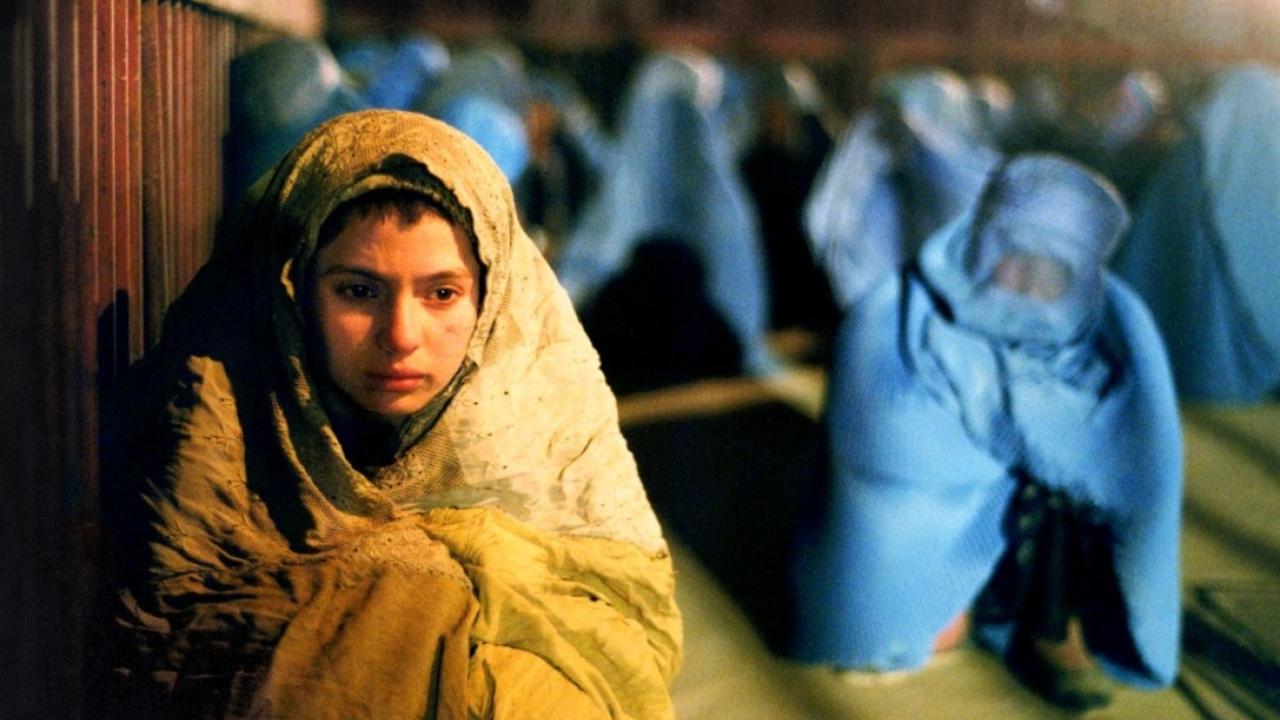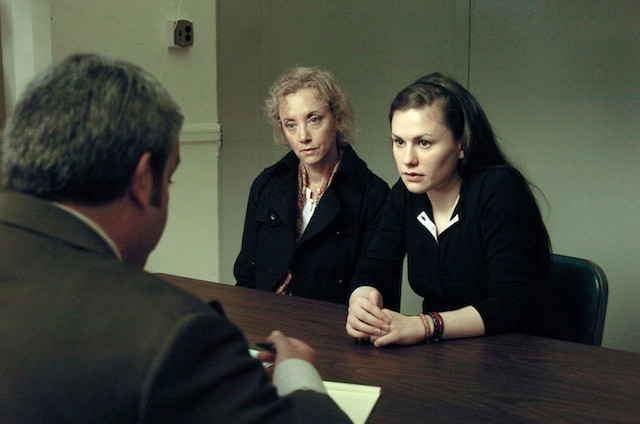6. Youth (dir. Paolo Sorrentino)

An exploration on the ideologies of aging and fading prosperity, “Youth,” follows two lifelong friends, Fred (Michael Caine) and Mick (Harvey Keitel), are vacationing in the Swiss Alps. Fred is musician asked to perform one of his pieces for the Queen of England and Mick is working on a film project which he considers to be his magnum opus. They are battling with aging and coming to terms with their own mortality.
Fred is reluctant to perform again because his wife can no longer sing and the soprano part belongs to her. While Mick has envisioned one of his oldest muses to star in his latest film project. These two problems show just how much of the past they linger on to, how little hope they see in the future as these issues can be easily resolved by moving on or changing. Them wanting to stay in the past is a great example of an existential dilemma in cinema.
That is what “Youth” tries to tell us: yes we will perish and whither away but making the best of the time that we have is all we can do. Hence why at the end Michael performs his music for the Queen.
7. Nostalgia for the Light (dir. Patricio Guzmán)

A film, which at first, does not seem to be about humanity, but instead astronomy, is in fact of the most profound films that studies the past in relation to human existence. Answering existential questions which plague everyone. “Nostalgia for the Light” juxtaposes two seemingly different groups of people in the Atacama desert: astronomers and women searching for the remains of loved ones from the Pinochet era.
On one side the astronomers are observing and researching space for answers to the past and of humanity’s origins, while family members of deceased citizens that were killed during Pinochet’s dictatorship are looking for answers and closure for the past. Both groups want answers, but both will be given more questions than anything else.
The film’s astronomers make the comparison that all people are stardust and that like the stars in the universe they seem infinite but they too will cease to exist. Matter and energy is cycle, it can never be lost. Maybe when all human life vanishes our remains will be a source of energy for something new.
8. Three Monkeys (dir. Nuri Bilge Ceylan)

Eyup is a driver for an up-and-coming politician named Servet. One night when Servet is driving inebriated he runs over a pedestrian, but there are two witnesses to the hit and run so Servet panics. He calls up Eyup immediately, telling him if he takes the blame for the fatal accident then his political career will not be destroyed.
For greater incentive Servet offers Eyup a lump sum of cash for when he is released, and he will keep him on the payroll so his family can survive while he is locked up. Eyup goes to prison for nine months only to find his wife, Hacer, in love with Servet because of an affair they had when he was in prison and his son struggling to find a purpose in life.
The drab, harsh color palette matches the tone of the film perfectly. Ceylan is not known for optimistic storytelling, rather he is always telling bleak stories and “Three Monkeys” is no exception. Here the impetus of loneliness seems to be the cause for all the issues. Hacer has an affair with Servet because her husband is in prison and Eyup’s son is always alone. When Eyup’s son finds out about the affair he kills Servet. As a result, Eyup goes to a teahouse where he finds a poor man and proceeds to make a similar proposition of that of Servet’s, but this time the poor man must take the place of his son.
The conclusion implies that in desperation anyone will do things they thought were never possible. Servet wrecking the home, Eyup’s son kills him for it, with Eyup in prison Hacer has an affair with Servet, and so on.
Another way to look at the film is through its title as it may be referring to the three wise monkeys. However, in some instances there is a fourth monkey that is penned as “do no evil,” which is why the film is called “Three Monkeys” because everyone does some sort of malicious act, but the cover-ups the represent the three principles: “speak no evil, see no evil, and hear no evil.”
9. Osama (dir. Siddiq Barmak)

“Osama” is a harrowing tale about a preteen girl dressing up as a boy to work in Afghanistan. During this time the Taliban made it illegal for women to work and the girl’s family has lost all patriarchal support.
So her mother and grandmother devise a plan to hide her gender and work under the shadow of the regime. She is hired by a local milkman who is aware of the ruse, but things go awry when the taliban force all boys to go to school for military training and Islamic practices, like ablution. During school the girl menstruates and is arrested.
She is afraid of being executed but the government decides to spare her life and she is given to an older man for marriage where she will live with three other depressed women.
The film opens with a march/demonstration to set up the location and from there we see the girl and her mother struggling to make a living before they come up the disguise. One may hope from then on the film becomes more hopeful, but it is clear that the girl’s predicament will only get worse. Her struggle mirrors the perpetual despair in the middle east, as she goes from struggling to find work, she ends up in servitude. Who knows where the middle east will end up in ten years.
10. Margaret (dir. Kenneth Lonergan)

A dramatic tale of the possible difficulties of being overly self-righteous. Lisa (Anna Paquin) is a high-school senior who’s stubborn attitude creates conflicts in her life at home and school. One day when she is shopping she sees a bus driver wearing a cowboy hat, this sparking interest, she begins to follow the bus as he is driving. The driver gets distracted, then misses a red light signal, running over a pedestrian in the process; Lisa jumps to the victim’s side, but the woman dies in her arms. This moment changes Lisa’s life as she feels compelled to do the right thing for the woman.
Lisa goes as far as to question the driver and seek out the woman’s next of kin, making friends with the latter (they even work on a lawsuit together). Both, however, only turn out to be superfluous acts consideration as the driver felt that he did nothing wrong and the woman’s cousin only caring about the lawsuit for the monetary settlement.
These junctures upset Lisa, but her struggle shows that no matter how hard you fight, or how ethical your principles may be, people will only care about their agenda. For the driver it was his job and pride, for the victim’s cousin it was money. In the end we see Lisa watch the same driver in the same bus pass her because in the end, nothing really changes.